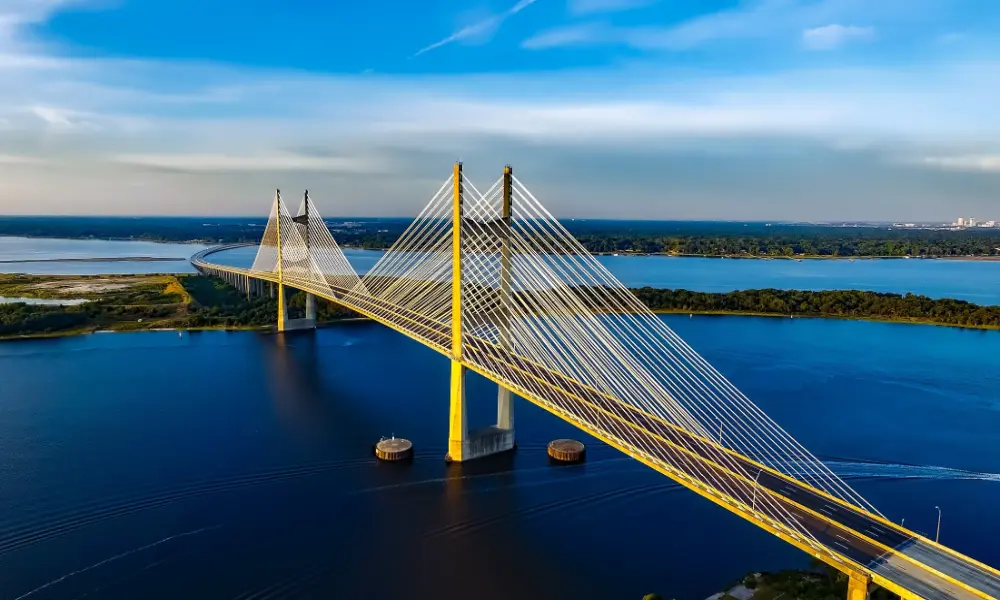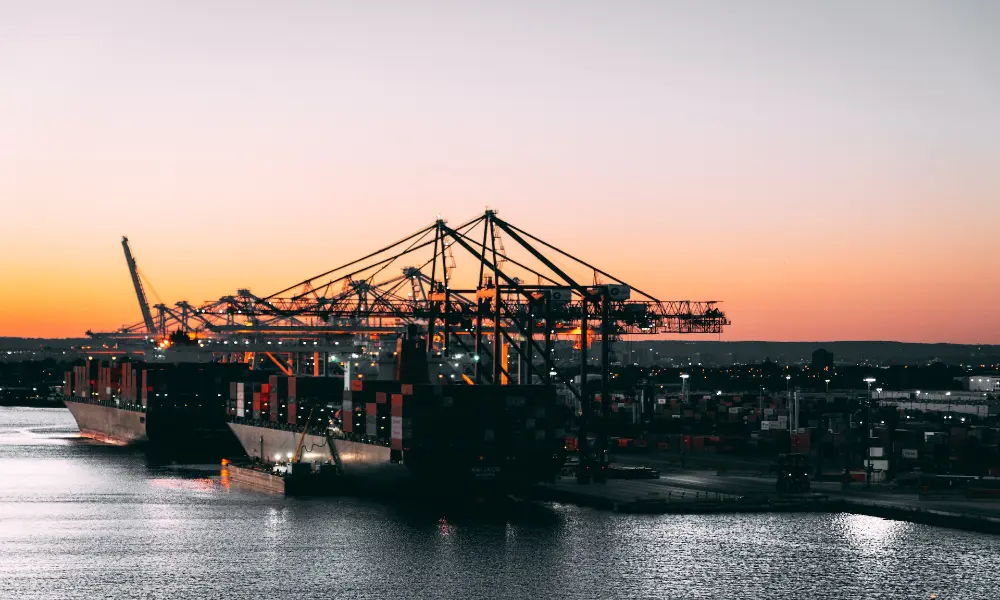In an exciting venture echoing progressive European models, Washington State Ferries (WSF) is on an ambitious journey to decarbonize its vessel operations. The public ferry system giant is set to undergo a paradigm shift, transitioning to hybrid-electric power, in a bid towards a more sustainable future.
The Hybrid-Electric Conversion Project
This landmark project has witnessed WSF award its initial contract citing the electrification of its ferries. This electrification endeavor is projected to extend over a span of 17 years, incurring a hefty cost of approximately $3.98 billion.
Vigor, a notable shipbuilding firm, emerged triumphant from a competitive process of bidding, earning the first contract for ferry conversions. It looks set to begin work on the first of the series, the Wenatchee, at its Harbor Island shipyard in Seattle in the coming month. The vessel is expected to return to service by the summer of next year, with the next ferry, the Tacoma, scheduled for conversion in 2024.
The New-Era Fleet
The fleet in question comprises the largest vessels in WSF’s collection, constructed between 1997 and 1999 by Todd Pacific Shipyards in Seattle. Each 460-foot-long ferry can accommodate up to 2,500 passengers and 202 vehicles.
The conversion not only includes the transition to a hybrid-electric power system but also the introduction of new control systems for propulsion. This dual change aims to significantly improve the vessels’ reliability and extend the life expectancy of the Jumbo Mark II class.
Environmental and Economic Impact
“This contract is a significant leap towards providing our ferry-served communities with better air quality and more sustainable service,” comments Matt von Ruden, System Electrification Program Administrator. He predicts a marked reduction in emissions from the three vessels by a striking 95% once the terminals are electrified in 2026.
Currently, these vessels contribute to 26 percent of WSF’s total annual greenhouse gas emissions. The firm, which uses 19 million gallons of diesel fuel annually, initiated this transformational plan in response to Governor Jay Inslee’s bill, introduced in May 2023, encouraging the electrification of the entire system.
Bold Steps Toward Sustainable Maritime Travel
While WSF’s electrification program is the most extensive of its kind in the U.S., it follows in the footsteps of Europe, where over 70 ferries have been converted to hybrid-electric power since 2015.
The project blueprints not only detail retrofitting six current diesel ferries to hybrid electricity but also constructing 16 new hybrid vessels, retiring 13 aged diesel vessels, and enhancing charging capabilities at 16 terminals. In fall 2023, WSF aims to invite bids for the construction of five new hybrid electric ferries, thus signaling a new, eco-friendly era in inland waterways transportation.



